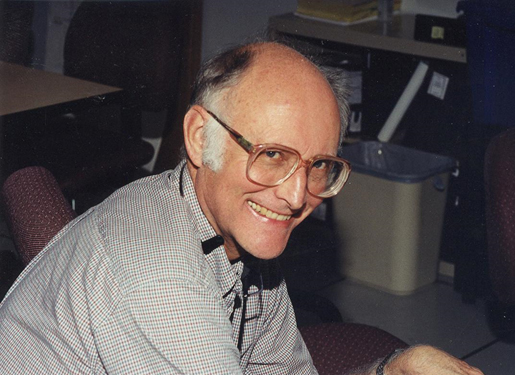Mirror Man
Less than 50 years after the first detection of an extrasolar X-ray source, the Chandra X-ray Observatory has achieved an increase in sensitivity comparable to going from naked-eye observations to the most powerful optical telescopes over the past 400 years. Many individuals have been involved in this phenomenal accomplishment, but in this contribution, we focus on one: Leon Van Speybroeck.

Leon Van Speybroeck (Credit: NASA/MSFC/K. Stephens)
Leon was one of a number of newly minted MIT physics Ph.D.'s (including Paul Gorenstein, Martin Zombeck, Ethan Schreier, and one of us (HT)) who in the mid-late1960's made the short move from the MIT campus to the revamped milk-truck garage a few blocks away that was the site of American Science & Engineering. It was there that Riccardo Giacconi had assembled an X-ray astronomy group that had discovered the first cosmic X-ray source during a short rocket flight.
Having founded a new field of astronomy, Riccardo pressed his advantage with NASA, and proposed a bold program that included more rocket flights, a small satellite dedicated to X-ray observations, and an X-ray telescope. The proposed X-ray telescope would required nested grazing incidence mirrors capable of a few arc seconds resolution, which was a venture into entirely new territory.
Continue Reading in the Chandra Chronicles
Harvey Tananbaum and Wallace Tucker
Please note this is a moderated blog. No pornography, spam, profanity or discriminatory remarks are allowed. No personal attacks are allowed. Users should stay on topic to keep it relevant for the readers.
Read the privacy statement
